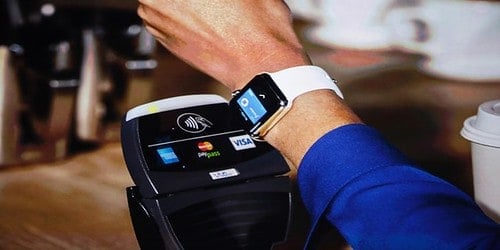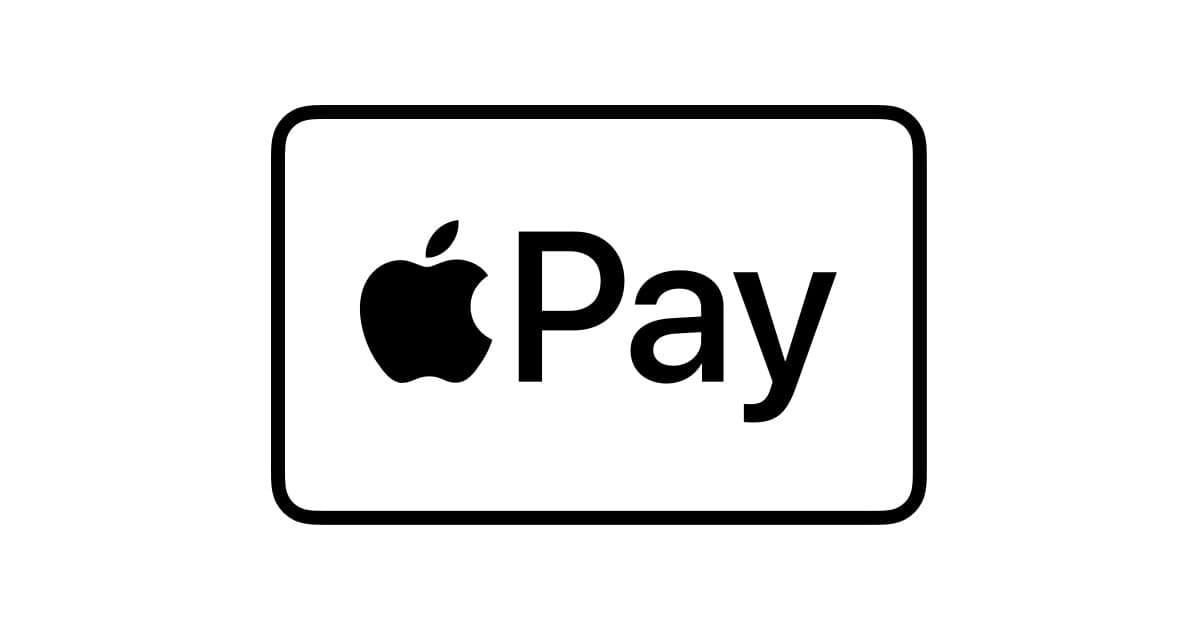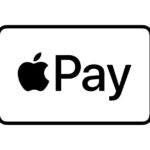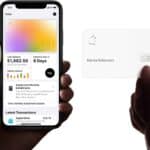Apple Pay isn’t just another way to pay; it’s a convenient, secure, and private way to make purchases in stores, online, or in apps. With its focus on user experience and security, Apple Pay offers several advantages over traditional payment methods. If you’re an iPhone or Apple Watch user, here’s why you might want to consider making Apple Pay your go-to payment option.
Why Apple Pay is a Smart Choice
Convenience and Speed
Apple Pay lets you leave your wallet at home. It stores your credit, debit, and prepaid cards on your Apple devices. Simply hold your device near a contactless reader to pay. It’s faster and easier than digging through your wallet.
Enhanced Security
Apple Pay is more secure than using physical cards. It uses a unique device account number and a transaction-specific code instead of your actual card numbers. This means your card details are never shared with merchants or stored on Apple servers.
Privacy Protection
Apple doesn’t track your purchases or share your data with merchants. When you pay with Apple Pay, the merchant only receives the information needed to process your transaction, like your name and billing address.
Wide Acceptance
Apple Pay is accepted at millions of locations worldwide, including stores, apps, and websites. You can even use it for public transportation in some cities. This widespread acceptance makes it a versatile payment option.
Additional Features
Apple Pay offers several extra features, like sending and receiving money with friends and family through Apple Cash. You can also store loyalty cards, transit passes, and event tickets in the Wallet app for easy access.
Apple Pay Benefits at a Glance
| Feature | Benefit |
|---|---|
| Convenience | Easy, contactless payments |
| Security | Enhanced protection against fraud |
| Privacy | No tracking or sharing of purchase data |
| Acceptance | Widely accepted at stores, apps, and online |
| Features | Send/receive money, store loyalty cards, etc. |
Advantages of Apple Pay
| Category | Description |
|---|---|
| Convenience | Use your iPhone, Apple Watch, iPad, or Mac to pay in stores, online, and in apps. |
| Security | Uses secure technologies like Face ID, Touch ID, and a unique device account number to protect your information. |
| Privacy | Apple doesn’t store your actual credit card information on your device or on their servers. |
| Speed | Faster than swiping your card or entering payment information manually. |
| Widely accepted | Millions of merchants worldwide accept Apple Pay. |
| Rewards | Earn cashback rewards with Apple Card when you use Apple Pay. |
| Additional features | Send and receive money with friends and family using Apple Cash (U.S. only). |

Apple Pay Fundamentals
In understanding how Apple Pay simplifies payments, it’s essential to look at how it works across various devices and the steps required to start using it.
Compatibility Across Devices
Apple Pay works on a variety of Apple devices, making payments convenient and secure. Users can add their payment information to the Wallet app on devices such as:
- iPhone: Starting from iPhone 6 and later
- Apple Watch: Compatible with all models
- iPad: Can be used within apps and on the web on iPad Pro, iPad Air, iPad, and iPad mini models that support Touch ID or Face ID.
- Mac: On Mac models with Touch ID or equipped with an Apple T1 Chip or later when paying on websites using Safari.
Users can store their credit or debit card information securely on these devices, transforming them into digital wallets.
Setting Up Apple Pay
To set up Apple Pay, users must follow a few simple steps:
- Open the Wallet app on the iPhone or other supported Apple device.
- Tap the ‘+‘ sign to add a new card.
- Follow the on-screen instructions to add a credit or debit card.
- Verify the card with the issuing bank or card provider, if necessary.
- Once the card is added, users may need to set up Touch ID, Face ID, or a passcode as an additional security measure.
- After verification, their device account number is generated, stored securely, and used to process payments to protect the actual card number.
For many users, setting up Apple Pay is straightforward and requires just their Apple ID and an eligible device. They can easily add multiple cards, and the address associated with their Apple ID is typically used for billing information.
Security and Privacy
When you use Apple Pay, the security and privacy of your financial transactions are taken seriously. Apple has designed its payment system to make it not only user-friendly but also secure against unauthorized access and breaches.
Advanced Security Features
Apple Pay safeguards your information with multiple layers of security. When you make a transaction, the actual credit card number is not stored on your device or shared with the merchant. Instead, a unique token is used, a form of encryption which represents your card details. This process, known as tokenization, ensures that even if transaction data is intercepted, your real card details remain private. Furthermore, Apple’s Secure Element—a special chip in your device—stores the tokens securely.
To initiate a payment, authentication is required via Touch ID, Face ID, or your passcode. This step provides an extra layer of security because it verifies that it’s you—and not anyone else—trying to spend your money. Touch ID uses your fingerprint and Face ID utilizes advanced face recognition technology, both providing quick yet secure methods to access Apple Pay.
Data Privacy Standards
Apple Pay also shines when it comes to privacy. Your transactions are private, as Apple doesn’t keep records that can be tied back to you. Whether you’re buying lunch, shopping online, or sending money with Apple Cash, your purchases are your own business. This commitment to privacy ensures that sensitive financial information is kept out of the hands of advertisers and third parties.
Ease of Use and Accessibility
Apple Pay transforms the way transactions unfold, making payments simpler and more accessible for everyone.
Streamlined Transactions
The magic of Apple Pay lies in its ability to conduct transactions swiftly. Users can pay with a simple tap, thanks to Near Field Communication (NFC) technology. At the checkout, a tap of an iPhone or Apple Watch against a payment terminal sends a secure transaction code. This process eliminates the need to carry physical cards or cash, and speeds up the payment process enormously.
Integration with Apple Ecosystem
Apple Pay’s integration within the Apple ecosystem amplifies convenience. The payment method works seamlessly on devices like iPhones, iPads, Apple Watches, and Macs. It’s woven into apps like Apple Wallet, which stores Apple Cash and the Apple Card, and even the Messages app—allowing users to send money directly in conversations. This interconnectedness ensures that whether a person is shopping in-store or online, the experience is streamlined and uniform across all devices.
Frequently Asked Questions
This FAQ section aimed at addressing common inquiries about Apple Pay, focusing on security, convenience, international use, speed, expense tracking, and comparison with other NFC payment apps.
How does Apple Pay enhance the security of transactions?
Apple Pay utilizes a method called tokenization to safeguard transactions. It replaces sensitive data with a unique digital identifier, making it more difficult for unauthorized parties to access real credit or debit card numbers.
What are the convenience benefits of using Apple Pay for everyday purchases?
Apple Pay’s convenience lies in its seamless integration with Apple devices, allowing users to make payments swiftly without needing physical cards. It’s as simple as tapping your iPhone or Apple Watch near a contactless reader.
Can Apple Pay be used internationally, and if so, what are the benefits?
Yes, Apple Pay works globally wherever contactless payments are accepted. It is especially beneficial for travelers as they don’t need to carry multiple forms of currency or worry about foreign transaction fees commonly associated with traditional credit cards.
What are the benefits of Apple Pay in terms of transaction speed compared to traditional payment methods?
Transactions with Apple Pay are typically faster than using cash or inserting a chip card. The touchless payment process ensures that users spend less time at the checkout, enhancing efficiency.
How does Apple Pay impact the ease of managing and tracking expenses?
Apple Pay makes it simpler to manage finances by storing transaction information directly on the user’s device. This allows for easy tracking and reviewing of expenses without needing to log into several bank accounts.
What makes Apple Pay a preferred choice over other NFC payment apps?
Compared to other NFC payment apps, Apple Pay stands out for its wide acceptance, the security measures it employs, and the direct integration with Apple devices, which appeals to users committed to the Apple ecosystem.






